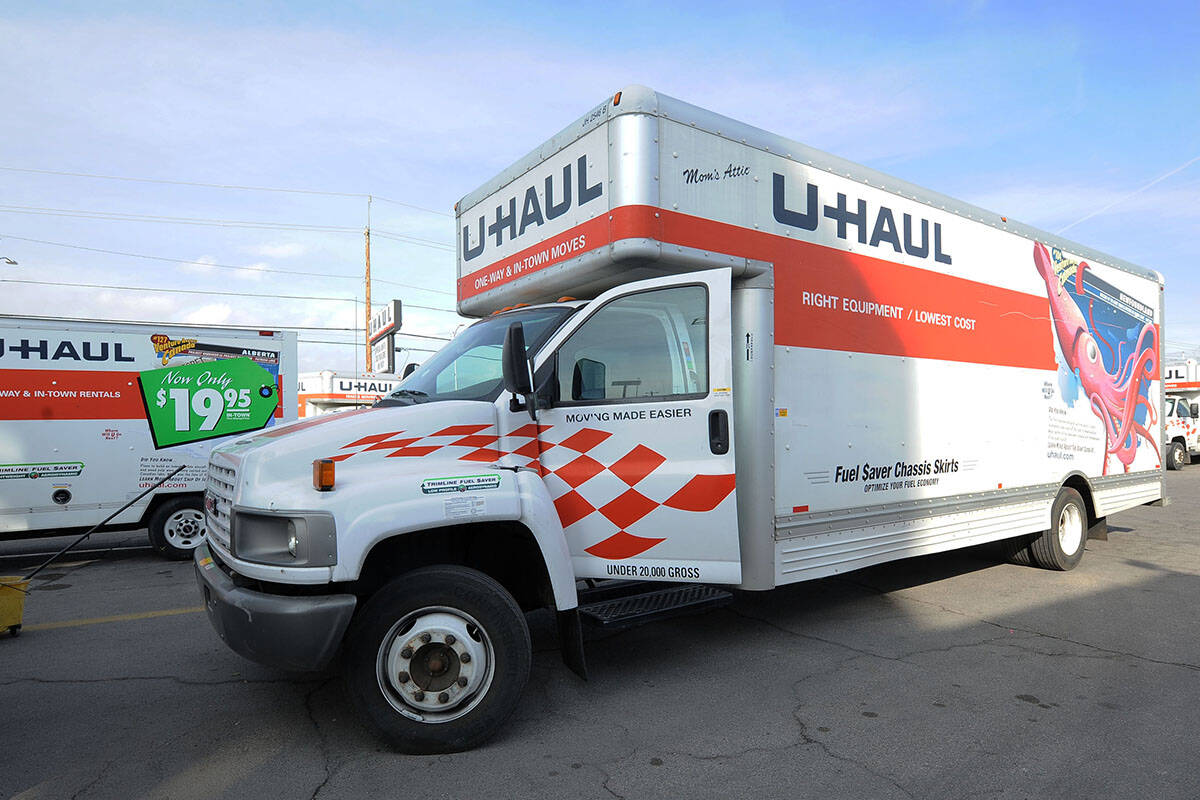COMMENTARY: For millions of workers, moving for opportunity is getting easier

While inflation continues to ebb, many Americans are still reeling from a once-in-a-generation shock to their pocketbooks, and polls show that the cost of living remains a concern of voters.
Many families might benefit from relocating to a different state with more affordable housing or better job prospects. Indeed, the urge to pull up stakes and move in search of better economic opportunity is quintessentially American. Yet, only some actually do.
A little-noticed fact is that internal migration in the United States has plummeted over the past 50 years. In the 1970s, about 17 percent of U.S. families moved in any given year; today, it’s fewer than 10 percent.
Are Americans less adventurous, more attached to familiar surroundings or more constrained by family ties?
Perhaps. However, institutional forces have played an important role in discouraging inter-state migration.
One factor stands out: A sharp increase in government regulations preventing workers from moving easily across state lines. During the mid-20th century, only 5 percent of workers needed an occupational license — and these regulations were concentrated in a few industries, such as health care and law.
Today, about 1 in 5 American workers is directly affected by occupational regulation. More than 340 occupations are licensed in at least one state, ranging from wrestling promoters and auctioneers to animal breeders and funeral directors.
The need to protect the public’s health and safety is usually offered as the justification for these policies. Still, there’s little evidence that licensing consistently improves the quality of services. In part, that’s because licensing shields existing workers from competition, weakening their incentives to deliver for consumers.
To make matters worse, occupational licenses are rarely portable. Because individual states control their licensing rules, workers seeking to relocate often face inconsistent requirements, expensive fees and administrative obstacles. In New York, for example, barbers must receive 291 hours of training for licensure. In neighboring Connecticut, a barber must complete 1,000 hours of training. Not surprisingly, these disparities deter many licensed workers from migrating — harming not just the workers and their families but also consumers facing shortages of critical services.
Happily, policymakers have begun tackling this problem. Some states have adopted universal recognition policies that eliminate some of the barriers to acquiring a license in a different state. These laws require licensing boards to recognize out-of-state licenses as long as the worker is in good standing in their home state and subject to some requirements. Several states also recognize work experience in cases where an applicant comes from a jurisdiction that does not regulate a licensed occupation in the state.
New Jersey was the first state to pass universal recognition in 2013, with New Mexico, Missouri and Arizona following soon after. Today, 26 states have passed some version of universal recognition, and efforts are underway in many state capitals to expand and improve these reforms.
Universal recognition is broader in scope than other approaches, such as interstate compacts that are occupation-specific, require coordination between different state legislatures and can take years to implement.
Most important, universal recognition works: States that have embraced the policy are issuing more licenses to newcomers and have seen higher rates of in-migration, more tax revenues and increases in labor market activity among workers in licensed occupations.
The need to reduce the occupational licensing burdens has been recognized by leaders across the political spectrum, including the Obama, Trump and Biden administrations. As we near another acrimonious election, we should all want to promote opportunities for American workers. Universal recognition is a great way to start.
Liam Sigaud is a research analyst at the Knee Regulatory Research Center at West Virginia University’s John Chambers College of Business and Economics. He wrote this for InsideSources.com.